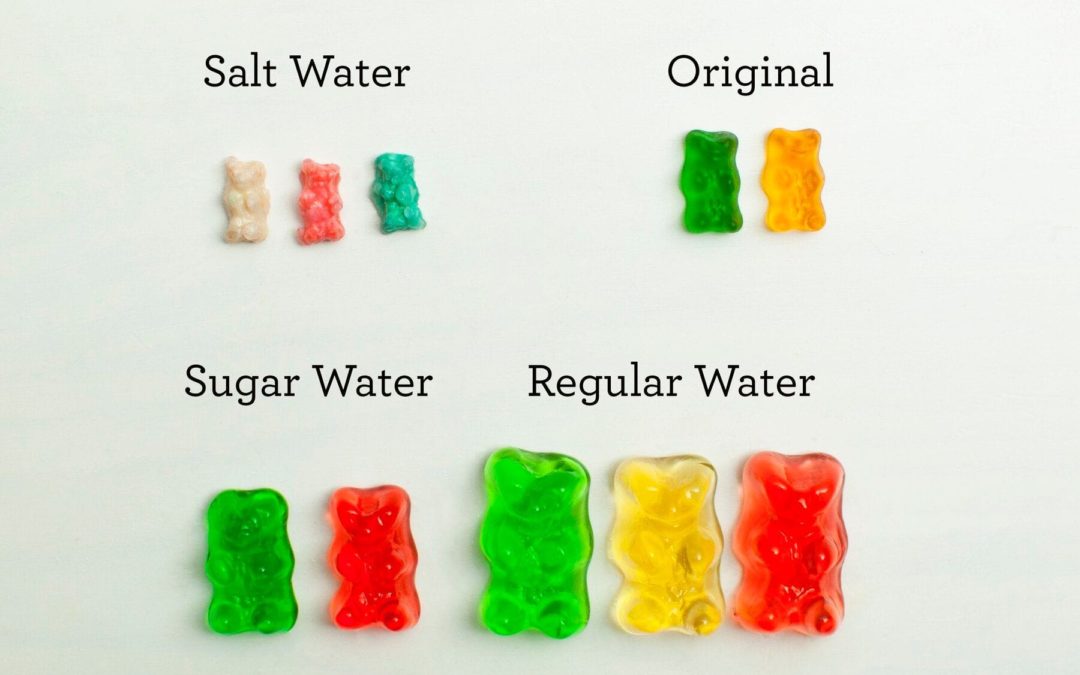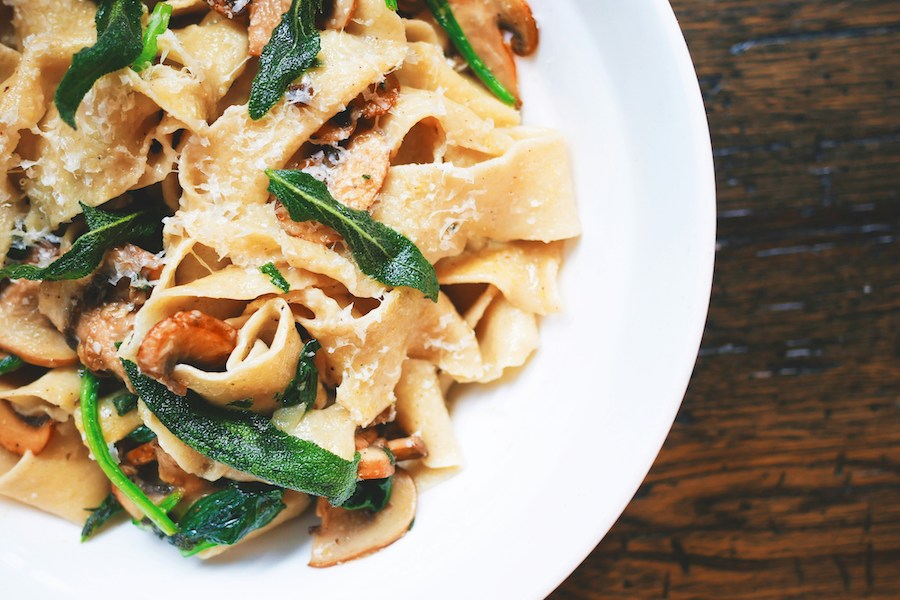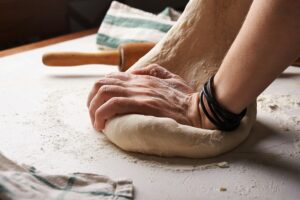Lately, my homeschooled children been having fun with these simple kitchen experiments for kids that absolutely count as science class time. And as we get into our second month of school, I really need this in my back pocket!
Honestly, some days, my kids complete their school work really quickly and we’re stuck wondering how we’re going to finish out those four full hours of required academic instruction each day. That’s when I turn to one of our favorite educational board games or another creative idea — like these.
Best of all, each of these experiments use simple ingredients you probably already have in your kitchen, like eggs, vinegar, stalks of lettuce, cookie ingredients, maybe some candy.
No need to order any Lugol’s Iodine or silicone carbide to complete these.
Wait, you mean baking cookies counts as science class? Yes, it does.
5 fun, simple kitchen science experiments for kids
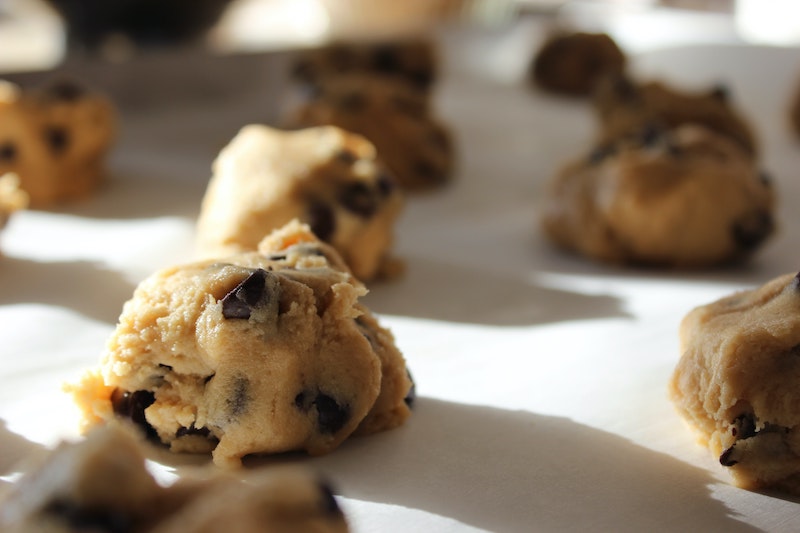 Photo: Pam Menegakis on Unsplash
Photo: Pam Menegakis on Unsplash
For chemistry class: Learn about the science of baking cookies
Let’s start with my favorite easy kitchen table science class: baking chocolate chip cookies.
Anne Marie Helmenstine, PhD uses her basic chocolate chip recipe at Thought Co to explain, in detail, the chemical processes that happen to make cookies so delicious. She describes why fat helps cookies brown, why preheating the oven matters, why using cake flour is a bad idea. And to get even more technical, she explains how 2NaHCO3 → Na2CO3 + H2O + CO2 is the chemical magic you’re looking for.
I love this article because it is detailed enough for high school kids to get something new out of it, but parents can also limit the information to make it appropriate for young elementary kids in homeschool science class, too.
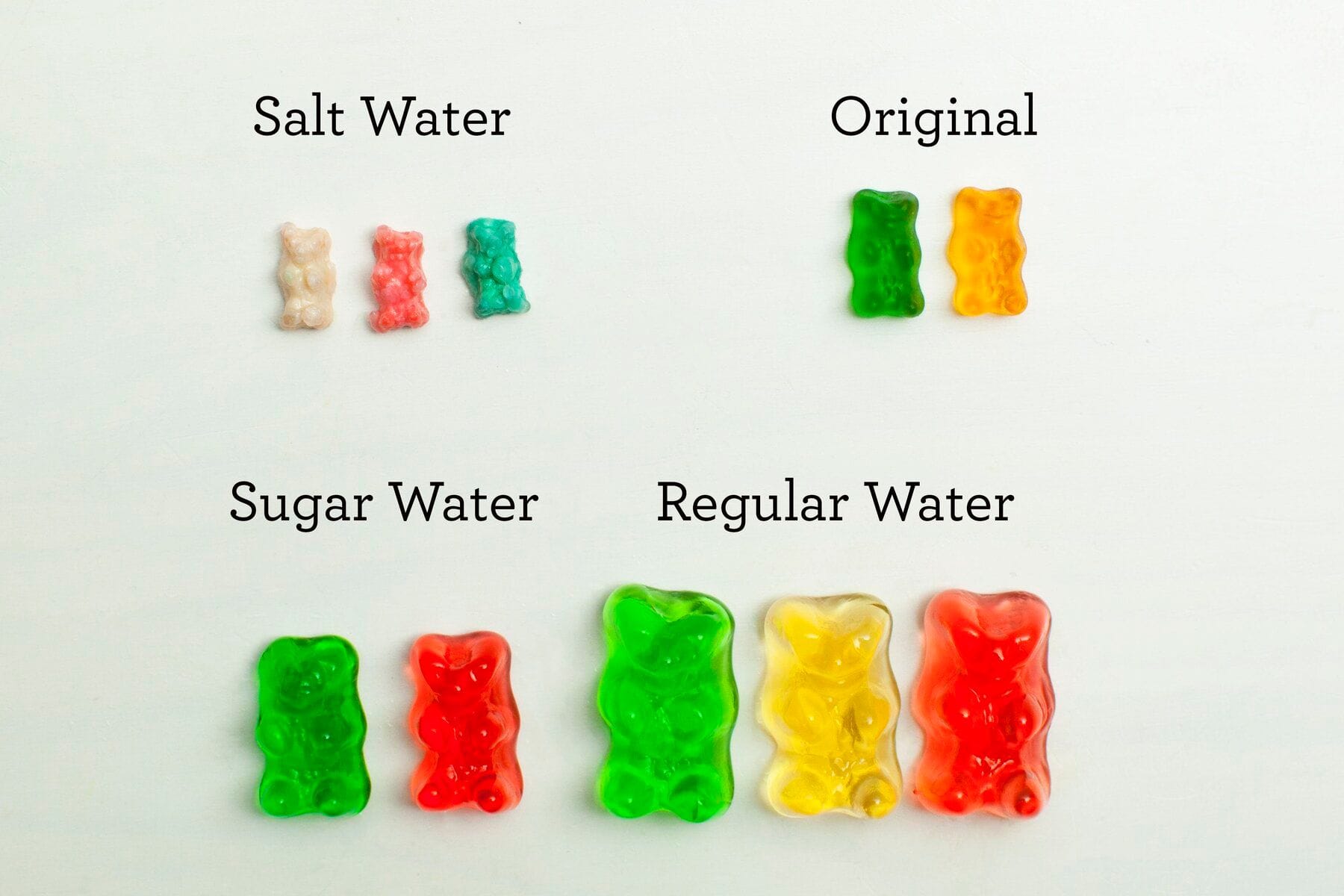
For physical science class: Learn about osmosis with gummy bears
Kids love science experiments that demonstrate the different effects solutions have on an object. So grab a notebook and some colored pencils, and let them do a little prediction and scientific observation on some candy with this gummy bear osmosis experiment at KiwiCo.
There are so may ways to have fun with this: By soaking the candies in different solutions, they’ll see so many different changes. Have the kids check the bears at 30 minutes, 3 hours, 24 hours, 48 hours and note what’s different. See if they can get the biggest gummy bears to shrink back down. It’s endless.
Just be sure to buy extra gummy bears so they aren’t tempted to eat the ones that have soaked in the solutions. Eep.
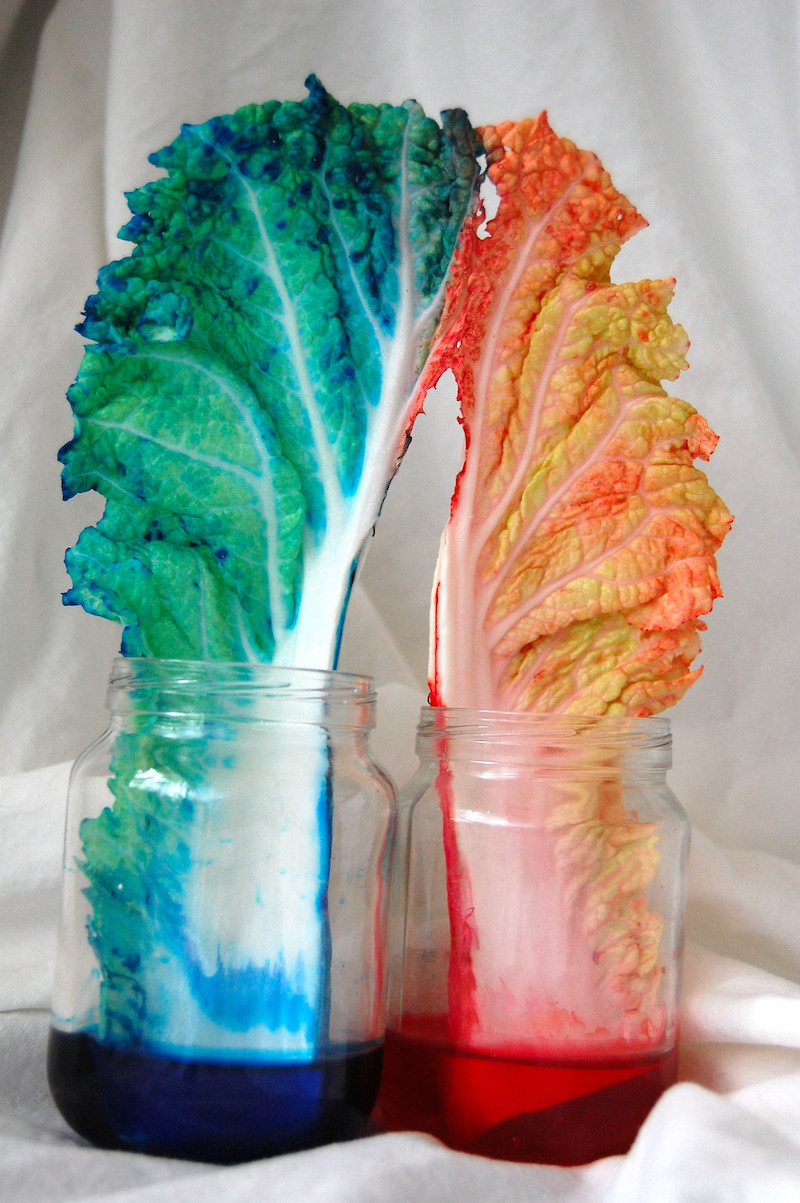
For biology class: Learn about xylem and phloem with celery stalks
When my 7th grader cracked open his homeschool biology book, all those terms that this English major had forgotten came flooding back: Xylem, PPhloem. Cambium. Lignin. Fortunately I did remember one of my favorite easy science experiments from childhood, in which we stick some celery stalks in colored water and watch the color move through the plant.
Turns out, that’s the xylem working. Want to try this simple kitchen experiment yourselves for science class? Check out the instructions of the xylem water movement experiment from Laura Hamilton on Flickr. She explains it in far more detail…but not too much. It’s perfect for elementary age kids and I’m so glad to have found it!
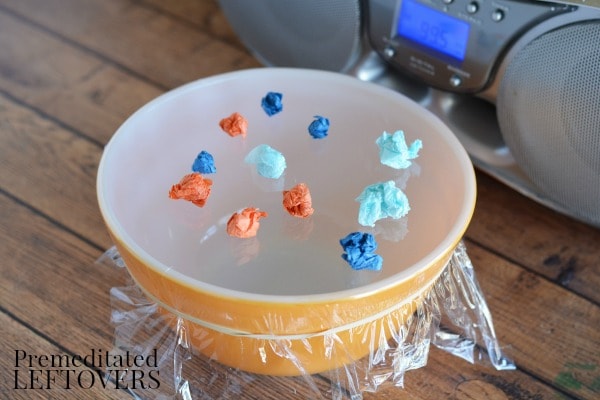
For physics class: Learn about sound waves with a bowl of water and some music
My kids have always heard about the concept of sound waves, but it’s hard for them to understand that they really are actual waves of sound. Because, you know, they can’t see sound waves. It helps to discuss echoes bouncing around in a cave where they can’t escape, but for a hands on kitchen table science experiment, I love this simple sound waves experiment from Premeditated Leftovers.
All you need are some earplugs and a tabletop Bluetooth speaker (unless you have an old boom box lying around somewhere). Then blast music to watch crumbled bits of paper, rice, popcorn, or anything else small and light as it dances on the plastic wrap. So cool!
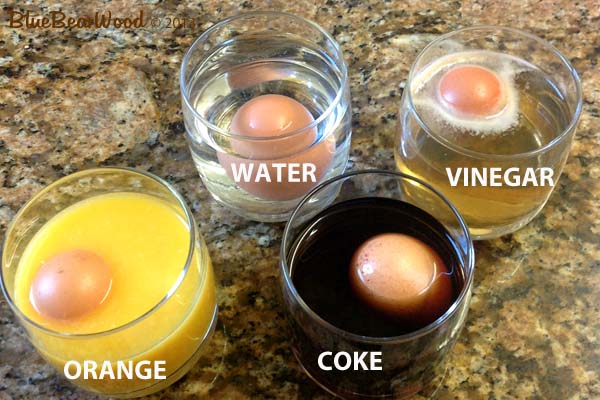
For chemistry or physical science class: Learn about acid-base reactions with eggs and liquids. (Don’t worry, they don’t have to drink them!)
One of my kids’ favorite science experiments of all time is this dissolving-eggshell experiment that we found at Blue Bear Wood. Trust me, promising your kids they can do an egg toss game with their experiments after they’re done will tempt even a cynical middle-school boy to participate.
I like how Blue Bear Wood asks the kids to predict what different reactants will do to the eggshell, then observe and chart their experiments over time.
That said, a similar acid-base eggshell experiment at Go Science Kids explains in a little more detail what’s actually happening to the egg shells, specifically as they react with the vinegar. If you’re doing this with older kids, it’s especially helpful. And to get them even more motivated, let them know they’ll have to drink the orange juice, vinegar and egg mixture if they slack off.
Kidding!

